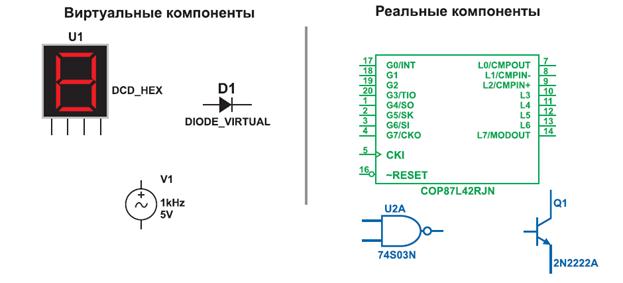Metals in Perspective
Терапевтичної стоматології Павелко Н.М.
Chapter 1 Unit 1 Metal-Making And Civilization
Text 1 Metals in Perspective
Modern civilization is based on metals and millions of tons are extracted from the surface of the Earth every year. The place of metals in the modern world is surpreme in importance. About three-quarters of all known chemical elements are metals. Since the Stone Age, man has found many materials he could work with. However, the materials that helped him most to develop were the metals. In many regions of the Ancient World man used lumps of native metals he could pick from the surface of the ground: gold nuggets, lumps of native copper and silver. Archaeologists have found evidence of early metal-work dating as far back as 10, 000 BC. Such finds were made in the Middle East, where deposits of copper were most plentiful. This does not mean that this metal was easy to find, but that there were more deposits in the Middle East than other parts of the world. Copper seems to be the first metal which began to oust stone. The need for copper was great indeed. The advantages that copper had over stone as a material for weapons, tools, were obvious. The metal occured naturally in the pure (free) state and had many good things about it: it could readily be worked to any shape, flattened, pointed and holed. At first, man made it into small things such as arrowheads. Before long, however, man noticed that when hammered copper becomes harder and stronger, but if it is held over a fire - soft, malleable, easy to work. Gold is the most malleable of all the metals. It is much softer than copper and not very strong. But gold has been valued for thousands of years for its beautiful luster and scarcity. In about 4300 BC in the region of the Caspian Sea man discovered the process of smelting - how to extract the metals from their ores. Two new metals came into use at this time - about 4, 000 BC. The first was silver, prized in those days as it is today, for its beauty, and used for ornaments. It was sometimes found ‘free’, lying around, as was gold, but was mostly smelted from ores. The second metal was lead, a dull heavy metal, soft and easily shaped into cups and beakers. Lead is never found ‘free’; it has always been smelted from ore. During the next 1, 000 years the knowledge of the four metals far known - gold, copper, silver and lead - spread to other lands. Troy (home of Helen), near the Dardanelles, was the chief centre of trade and from there goods were carried by boat into Europe. The River Danube provided a highway deep into the continent, and the traders’ boats also took metal goods to all countries around the Mediterranean. Eventually they reached Britain, and the art of smelting and metal working became known in this country. Quite early in the history of metal the process of casting was used to shape metal. So, during the many centuries of his history man has learnt how to mine, smelt and work many metals. But iron - the chief metal of present times - has given the name of Iron Age to the most significant and productive period in the development of human society.
Task 1
|




